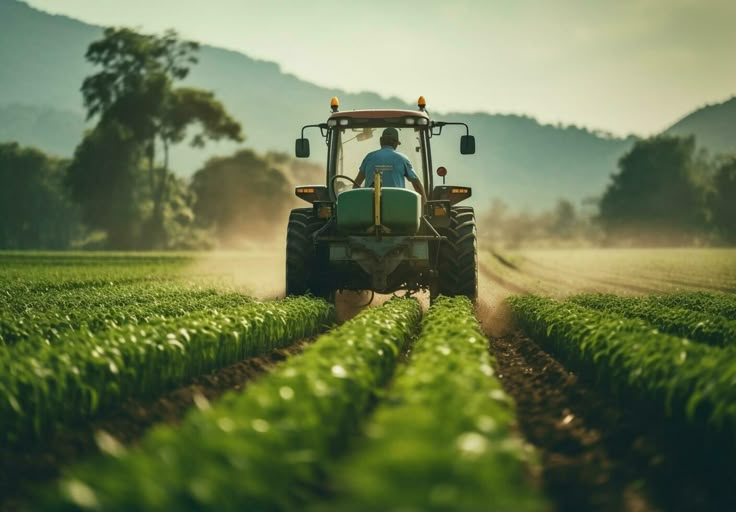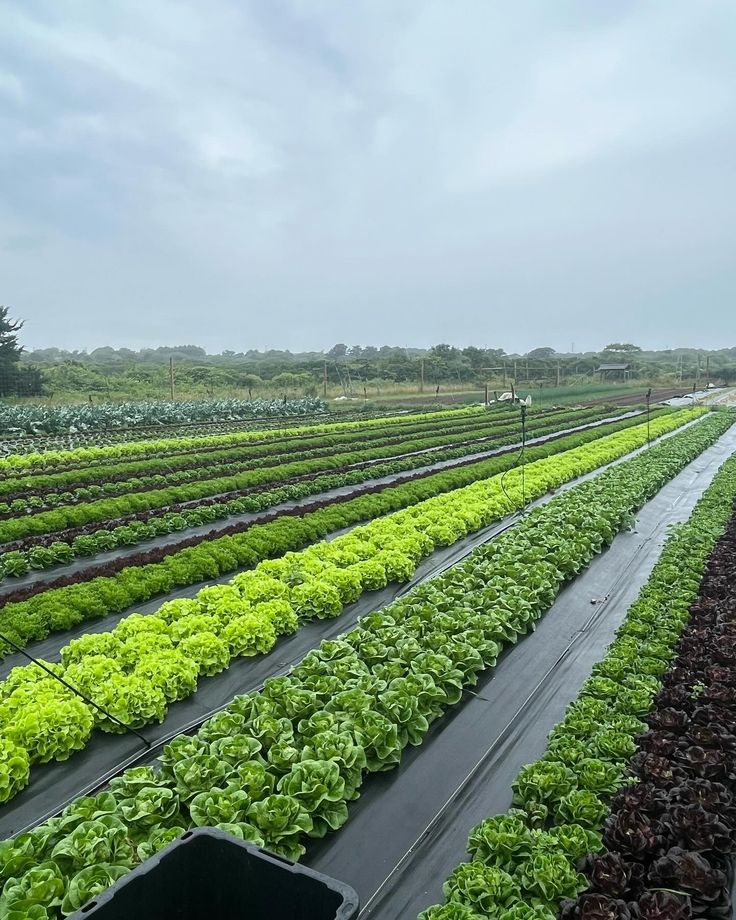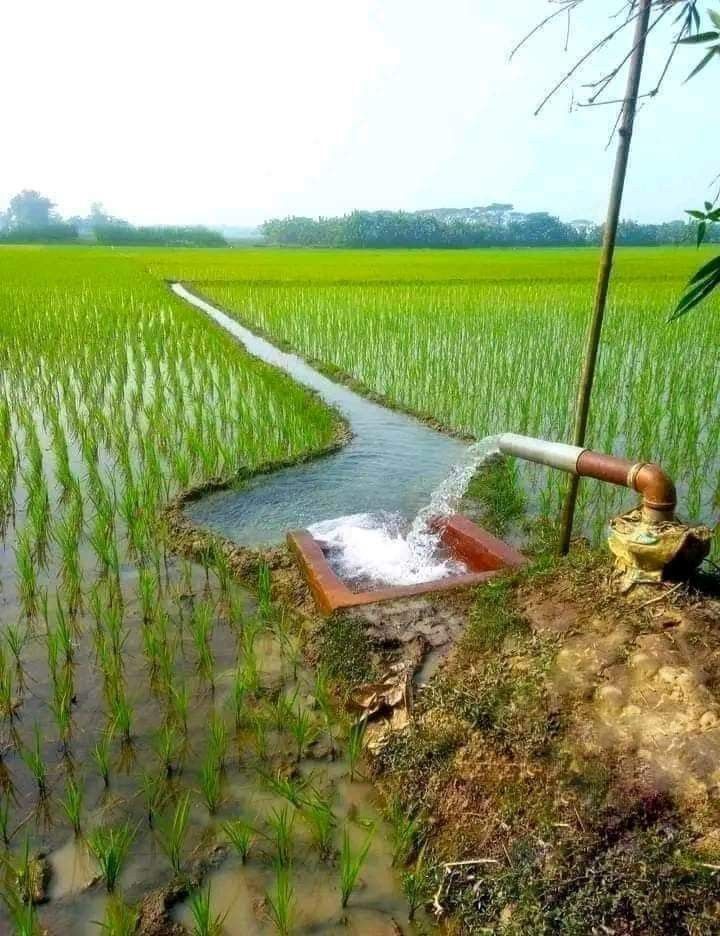
Sindh, the second-largest province of Pakistan by population, is home to one of the country’s most fertile agricultural zones. With the mighty Indus River flowing through it, Sindh has historically been a vital contributor to Pakistan’s food production. From rice paddies and sugarcane fields to fruit orchards and cotton farms, agriculture remains the backbone of the province’s economy.
However, Sindh’s agricultural sector is facing serious challenges — ranging from climate change and water scarcity to outdated practices and poor market access. In this blog, we explore the current state of agriculture in Sindh, the issues farmers are confronting, and how innovation, policy, and platforms like Zarihub can lead to a more sustainable and profitable future.

1. The Role of Agriculture in Sindh’s Economy
Agriculture is the largest sector of Sindh’s economy after services. According to the Sindh Bureau of Statistics, nearly 40% of the province’s population is directly or indirectly dependent on agriculture. Sindh produces:
- Over 30% of Pakistan’s rice
- More than 20% of cotton
- Significant portions of wheat, sugarcane, and fruits like mangoes, dates, and bananas
The province is also known for export-quality fruits, particularly Sindhri mangoes and Khairpur dates, which are in high demand in the Gulf and European markets.
2. Key Agricultural Zones in Sindh
Sindh’s agriculture can be divided into three main regions:
- Upper Sindh: Known for wheat, rice, and sugarcane.
- Central Sindh: Rich in cotton fields and mango orchards.
- Lower Sindh / Coastal Belt: Hosts banana plantations and fisheries, though often affected by salinity and sea intrusion.
Each zone faces unique challenges but also holds immense potential if managed properly.
3. Challenges Facing Sindh’s Agriculture
a. Water Shortage & Mismanagement
Sindh heavily depends on the Indus River for irrigation. However, inconsistent water supply, canal mismanagement, and illegal water theft (known locally as “water tampering”) have led to disputes and crop failures.
b. Climate Change
Rising temperatures, untimely rains, and frequent droughts are reducing crop yields. In lower Sindh, sea intrusion and salinity are making thousands of acres uncultivable.
c. Outdated Farming Techniques
Many farmers still rely on traditional methods, using flood irrigation, poor seed varieties, and excessive chemical fertilizers — all of which reduce soil fertility and sustainability.
d. Lack of Modern Equipment
Small-scale farmers often cannot afford tractors, harvesters, or drip irrigation systems. This reduces their productivity and keeps them trapped in poverty.
e. Market Access & Middlemen
Farmers frequently sell their produce to middlemen (beoparis) at low rates. Lack of direct access to markets means lower profits and exploitation.
4. Opportunities for Improvement
Despite these challenges, Sindh’s agriculture has tremendous potential for revival and growth:
a. Drip Irrigation and Laser Land Levelling
These techniques can reduce water wastage by over 50%, increase crop yields, and improve soil health — especially in water-scarce areas like Tharparkar or Badin.
b. Use of Climate-Resilient Seeds
Promoting drought-tolerant and heat-resistant seed varieties can help farmers adapt to climate extremes.
c. Mobile Apps & Agri-Tech Platforms
Digital platforms like Zarihub can revolutionize farming in Sindh by:
- Providing real-time weather forecasts
- Offering expert guidance on pest control and crop planning
- Connecting farmers directly to markets and buyers
- Promoting awareness about government subsidies and support schemes
d. Value Addition & Processing
Setting up small-scale processing units for dates, mango pulp, tomato paste, and rice polishing can help farmers earn more by selling processed goods instead of raw produce.
5. Role of Government & Private Sector
The Sindh government, along with NGOs and private players, must play a key role in reviving agriculture:
- Subsidies for solar pumps, seeds, and machinery
- Training programs for smart farming and organic cultivation
- Market linkages for export of fruits and vegetables
- Public-private partnerships for cold storage and logistics

6. Zarihub: Empowering Farmers in Sindh
Platforms like Zarihub are the need of the hour. By offering digital tools, expert consultancy, and a farmer-friendly ecosystem, Zarihub can:
- Reduce dependency on middlemen
- Educate farmers on best practices
- Promote sustainable agriculture
- Help women and youth in rural areas become agri-entrepreneurs
7. Conclusion
Agriculture in Sindh is standing at a crossroads. With the right mix of technology, government support, and private innovation, the province can overcome its current challenges and unlock a new era of prosperity for its farmers.
By empowering farmers with knowledge, tools, and market access, platforms like Zarihub can play a pivotal role in transforming Sindh’s agriculture — making it not just productive, but also resilient and sustainable for future generations.




